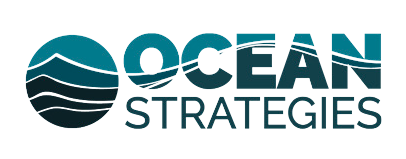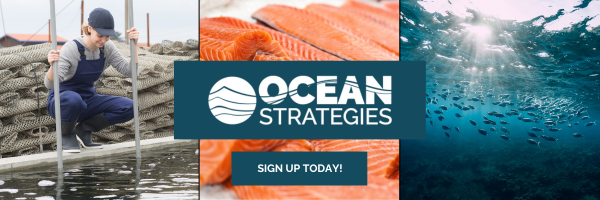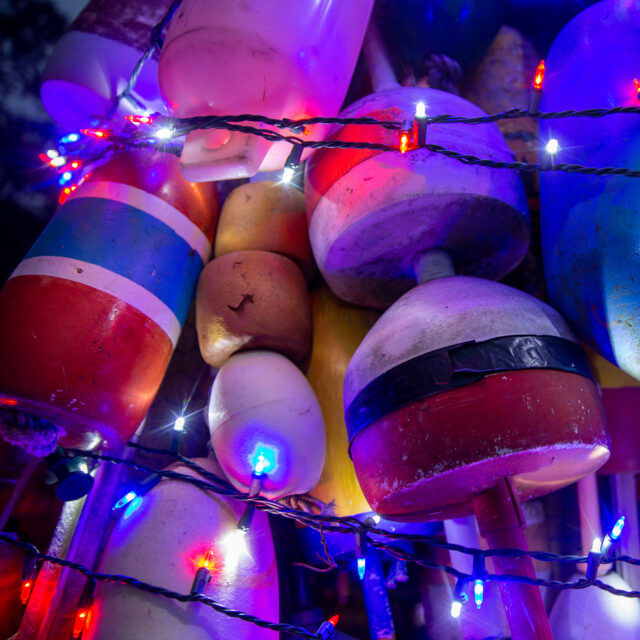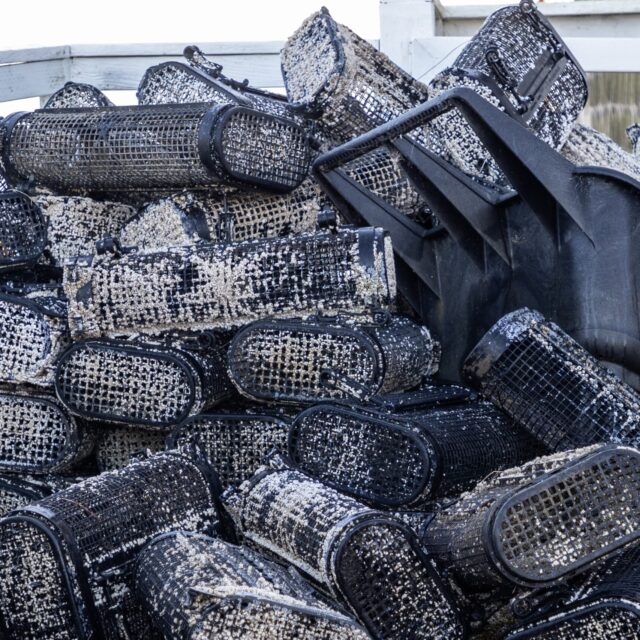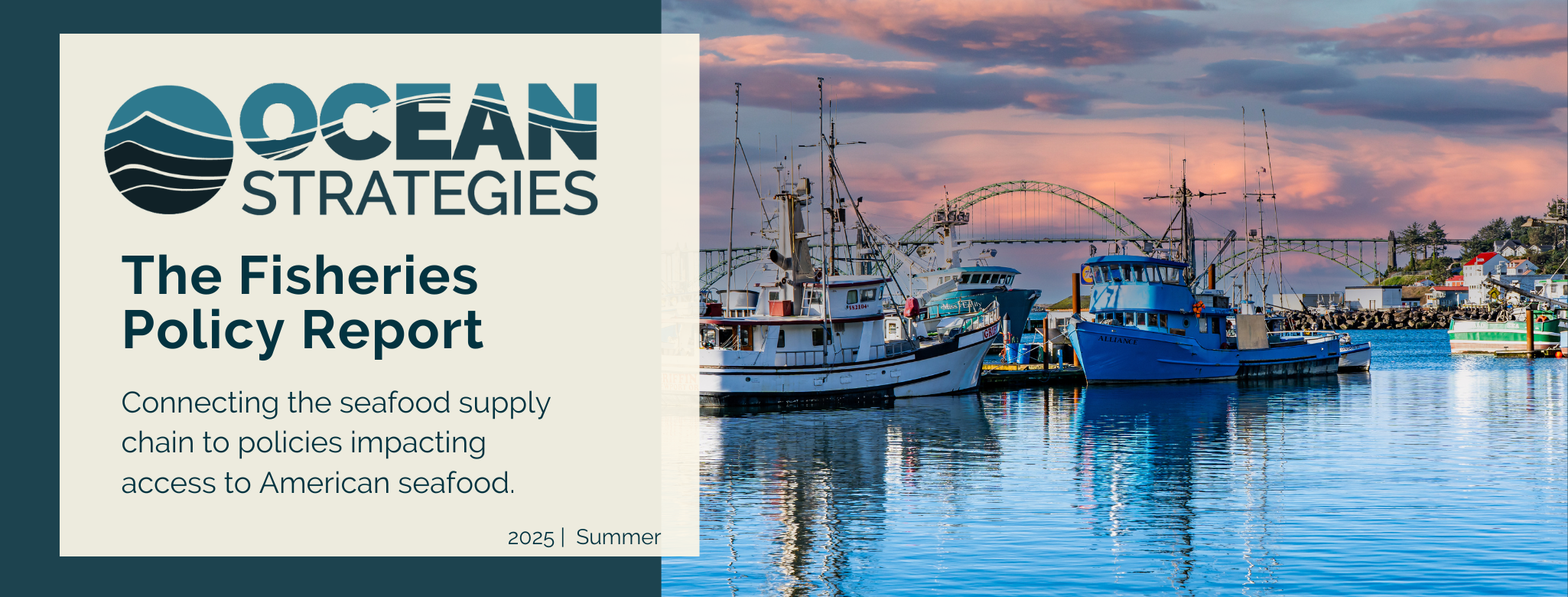
Ocean Strategies is a public affairs firm specializing in seafood, fisheries and marine resources.
This report provides policy and industry updates for those who rely on access to U.S. seafood. Sign up here.
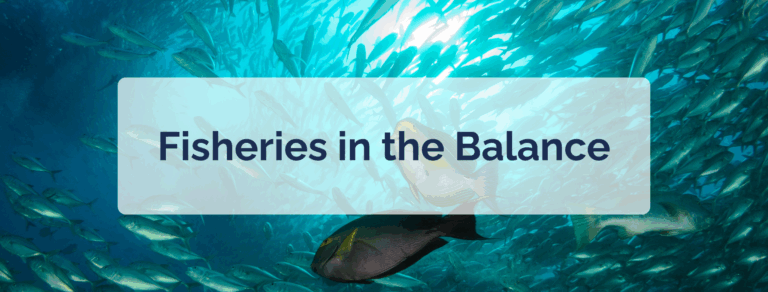
Robust Returns During Oceans Month
It’s been a wild ride for U.S. fisheries stakeholders, between concerns over budget, program and personnel cuts at NOAA creating bottlenecks in an already strained federal management system, to the wholesale loss of the Commercial Fishing Safety Program at NIOSH’s Center for Maritime Safety and Health under the Department of Health and Human Services.
On the other hand, there’s also cautious optimism that the president’s Seafood EO and a slate of fisheries-related bills could help secure some critical infrastructure and training programs for the industry. The success of these policy initiatives hinges, at least in part, on how well informed they are by the variety of voices and businesses in our fishing communities from Alaska to Texas to Maine.
A House Natural Resources hearing in June featured testimony from two commercial fishermen, a federal regulator, and a representative of the American Sportfishing Association.
Jamie O’Connor, representing Alaska as a harvester and as the Deputy Executive Director of the Alaska Marine Conservation Council, spoke “on behalf of the rural, coastal communities that rely on healthy oceans, fair access to fisheries, and a regulatory system that works with us rather than against us.”
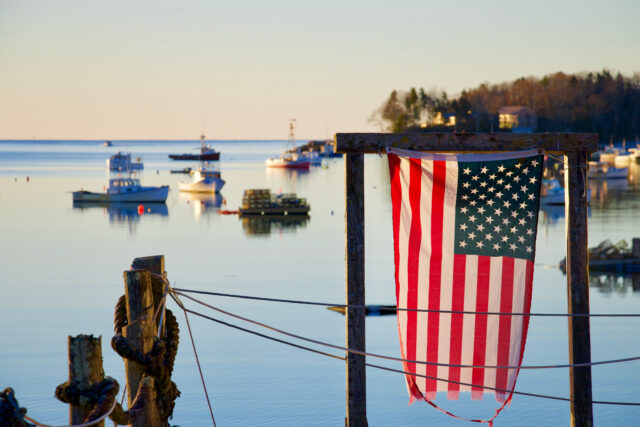
Following passage of an omnibus bill (the One Big Beautiful Bill aka OBBB) that specified very little in the way of fisheries or seafood, there may be some good (or at least less bad) news for the Commerce Department. The latest appropriations legislation indicates less severe cuts at NOAA than the president’s passback requested, as well as a budget line to fund the Young Fishermen’s Development Program (a workforce development initiative administered by Sea Grant), and funding for the Saltonstall-Kennedy domestic fisheries marketing grant program, administered by NOAA staff.
The OBBB rescinded roughly $193 million of unobligated funds from NOAA’s budget. These funds were appropriated through the Inflation Reduction Act to support coastal and fisheries infrastructure, including ocean data and observing systems, coastal zone management, habitat restoration projects, and storm recovery and resiliency.
The bill also carved out a tax exemption for Alaska’s Community Development Quota programs, as well as the ability to liquidate and/or shift their fisheries portfolios tax-free for the 18 months following bill implementation.
More specifically, page 167 (of 330 pages in the bill) stipulates that CDQ groups may transition assets from or to a wholly owned subsidiary business and “no gain or income resulting from such transfer shall be recognized to either such subsidiary or such entity under such Code, and all income derived from such subsidiary from such transferred trade or business shall be exempt from taxation under such Code.”
The only other mention of seafood or fisheries in the bill is on pages 175-6 that “any real property which is substantially used in the trade or business of fishing or seafood processing, and any aquaculture facility” qualifies as a rural or agriculture property for the purposes of qualified loans.
Despite little attention to fisheries and seafood in the OBBB, the industry is having a bit of a moment from a burst of bill introductions (see more our Federal Policy Outlook) and the Fisherman Core trend (see more our News Thread). Could this be setting the stage for progress on fisheries inclusions in the Farm Bill? Stay tuned!
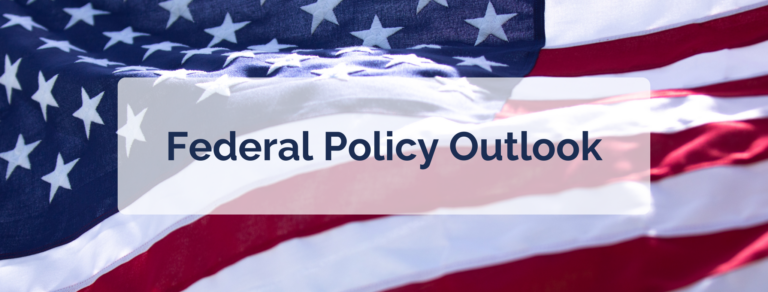
Following the House Natural Resources hearing on the president’s Seafood EO, June earned its moniker of Oceans Month on the Hill with a full slate of fisheries bills.
The Young Fishermen’s Development Act was reintroduced in the House on June 4 and in the Senate on July 17. The bipartisan workforce development initiative aligns with the goals in the president’s executive orders focusing on Seafood and Skilled Trades. It is also widely supported by the industry after its initial passage in December 2020. The bill would fund the development program for five more years.
California Rep. Jared Huffman introduced the Magnuson-Stevens Act once again. Last passed in 2007 for a five-year authorization period, the act would ideally be reauthorized at least once a decade and is now more than a decade past due, despite Huffman’s efforts to gather industrywide feedback through in-person listening sessions in 2019 before overhauling the act based on robust stakeholder input.
Senators from Maine and Alaska reintroduced the Working Waterfronts Act, which includes a suite of support and protections for coastal economies.
The Commerce Department’s International Trade Administration dropped an anti-dumping notice in the Federal Register on June 10, specifically targeting frozen warmwater shrimp from Vietnam, Thailand and India. This could be a market victory for Gulf Coast shrimpers, who have been searching for ways to even the playing field for their well-regulated and wild product in a domestic market dominated by farmed imports.
The Keep Finfish Free Act was reintroduced in late April. It proposes requiring Congressional approval for commercial aquaculture facilities in federal waters, a massive hurdle that is more than likely aimed to keep aquaculture permits out of federal waters altogether. One potentially unintended consequence of the bill could be that it establishes federal waters as pay to play, leaving only the largest global aquaculture companies vying for the opportunity to lobby Congress for such approval.
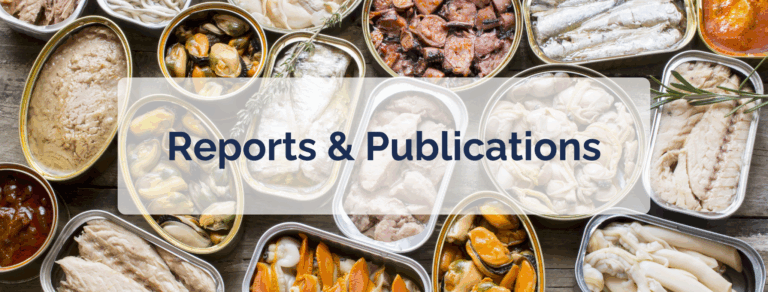
Fisheries Funding Feature
-
“Fish, funding, and food systems: a review of the U. S. Department of Agriculture’s recent history of grant funding in support of the seafood sector (2018–2023).” New research (made possible by the Alaska Sustainable Fisheries Trust in collaboration with Dr. Joshua Stoll from the University of Maine) shows seafood gets just half a percent of USDA food funding, identifies significant opportunities to enhance U.S. seafood competitiveness with increased investment.
Food Policy Feature
- Press Release: (July 8) “Farm Security is National Security: The Trump Administration Takes Bold Action to Elevate American Agriculture in National Security“. Providing a domestic seafood source is not only critical to our nation’s food industry, but to our health. Never has there been a more important time to fish. “This historic plan elevates American agriculture as a key element of our nation’s national security, addressing urgent threats from foreign adversaries and strengthening the resilience of our nation’s food and agricultural systems.”
Maritime Feature
- “Unpacking the White House’s Executive Order on Restoring the U.S. Shipbuilding Industry”. The Center for Strategic and International Studies has captured the EO and outlined the initial step to address America’s shipbuilding. Yet another way to thread in our national security, and highlighting the possible significant boost in economic growth, we look forward to an increase in workforce development in the maritime industry.
Catch Our Most Recent Publication
- New to national fisheries policy? Or are you a seasoned advocate that doesn’t have time to create new materials? Don’t miss our downloadable pdf to inform and showcase how a resilient commercial fishing and seafood industry benefits Americans, and how U.S. policy and government programs ensure those benefits remain strong and stable. Download today to reference and pass along.
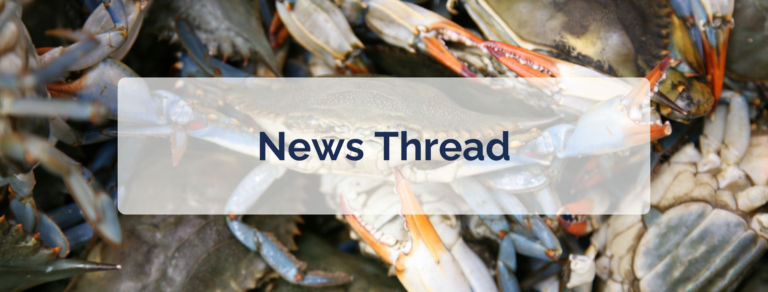
The Latest from Coast to Coast
- No it’s not just your algorithm anymore. Even for folks whose feeds are typically filled with fish, this summer is flooded with “fisherman core.” Couture and fishing are getting an unusual mashup — from Martha Stewart and Elle Decor showcasing “nautical nostalgia revival” to the Portland Herald hearing what Mainers think about it.
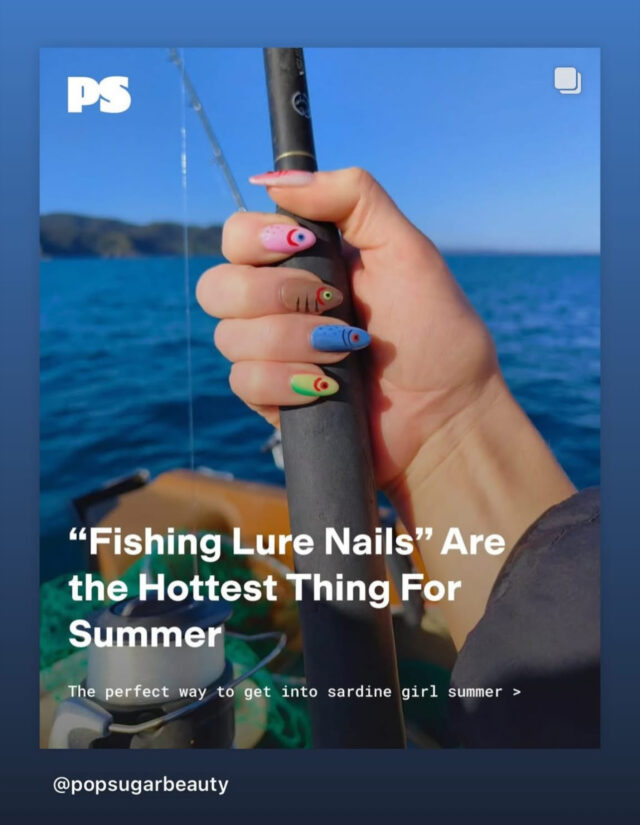
Courtesy of Pop Sugar Beauty. Fishing is having a (weird) moment, and now is a great opportunity to get vocal about what fishermen bring to the table — far beyond fashion. We’ve always known how versatile Xtra Tuffs are, but fishermen work even harder than the toughest gear.
- The National Future Fishermen Coalition has recently launched and is “on a mission to secure the future of commercial fishing in the U.S. by supporting the next generation of fishermen and women.” They work to “create a platform for open dialogue, resource sharing, and collaboration, empowering today’s young fishermen while building the leaders of tomorrow.” You can sign up for their newsletter, provide support, and follow them via the usual platforms via the link above.
- Dams are again in the news from the Snake River in WA to recent updates via a neat video comparing SoCal fish passages to bus routes.
- Southeast Alaska fisheries entity in the news as they work to provide “thousands of free seafood meals to those in need and educating the next generation of commercial harvesters” has a new plan to make more halibut quota available to the area’s traditional coastal fishing communities.
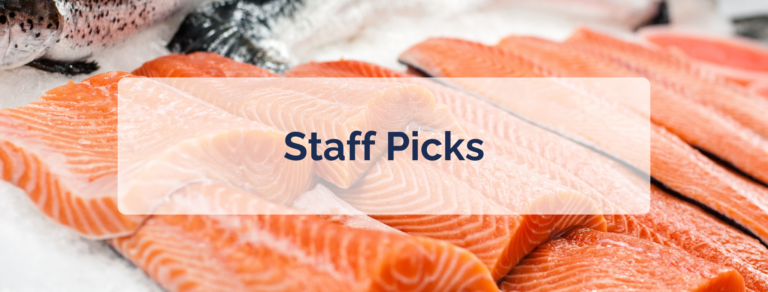
What We’re Taking In
Reading
Summer beach reads aside, we’re always in the mood for new books on the seafood industry. Carson Pritchard’s 2024 award-winning tome on the rise and fall of the Great Lakes fishery is captured in The Salmon Capital of Michigan.
Listening
A NOAA Fisheries Podcast captures the latest from Hawaii and a whole fish approach to using the whole harvest.
From Ocean Science Radio: “Bio-Dome or Bio-Doom? Trump’s Ocean Policy Overhaul: A panel discussion on the recent actions of the Trump Administration around NOAA, Ocean Monuments, and Conservation”.
Cooking
Look no further than the beloved Tieghan Gerard’s second book Half Baked Harvest Super Simple for the oh-so-splendid Sesame Crusted Salmon with Honey-Soy Dressing. The book packs a lot into easy recipes that please the palate and likely available at your local library, while this link takes you to another of her online recipes that is quite close to the original.
Events & Opportunities
- September 2-3 – Fishing First Aid & Safety Training, Fort Bragg, California
- November 9-11 – Local Catch Seafood Summit, Gulf Shores, Alabama
- November 20-22 – Pacific Marine Expo, Seattle, Washington
- January 20-22 – Alaska Young Fishermen’s Summit, Juneau, Alaska
Here is a list of links to our most recent policy reports. You are always able to find them on our Ocean Pulse Blog. If you’d like to receive them directly, just sign up here.
